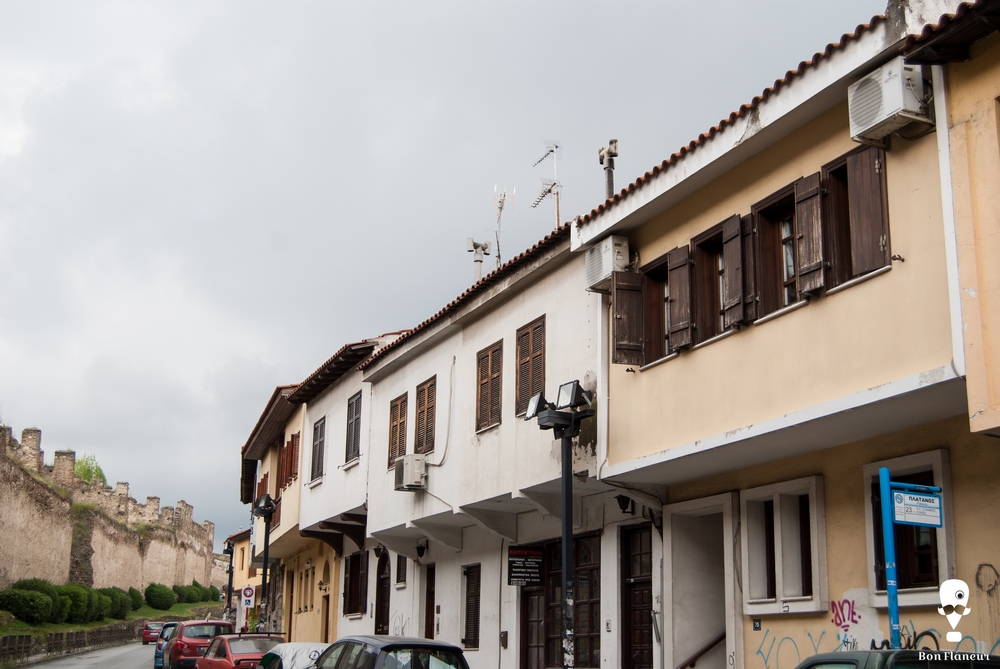Ano Poli (Upper Town)
Ano Poli (Upper Town) is the part of the old town, which has largely survived the fire of 1917 and takes us back to old Thessaloniki.
Location
Timeline
Modern and Contemporary era (1912 - )
1922 The rapid influx of refugees radically changed the architectural character of the area.
1979 It was declared a traditional settlement, with a lot of reactions from owners, because they could not benefit from the law of consideration, like the owners of other areas.
Ottoman era (1453- 1912)
The period during which it flourished.






















Share